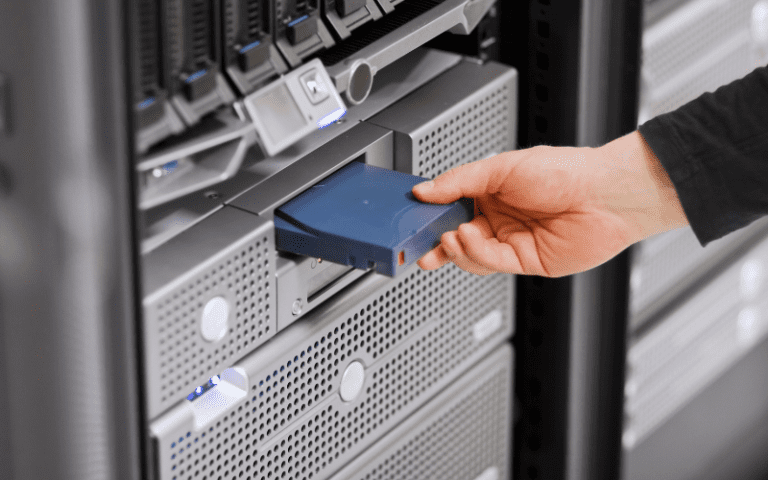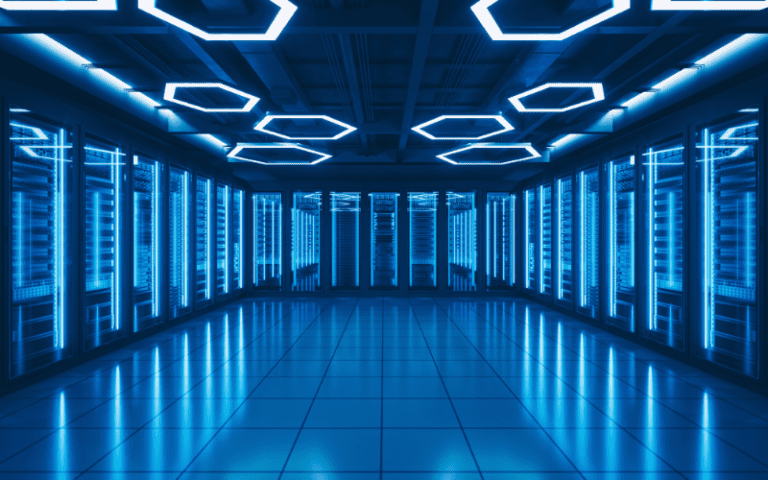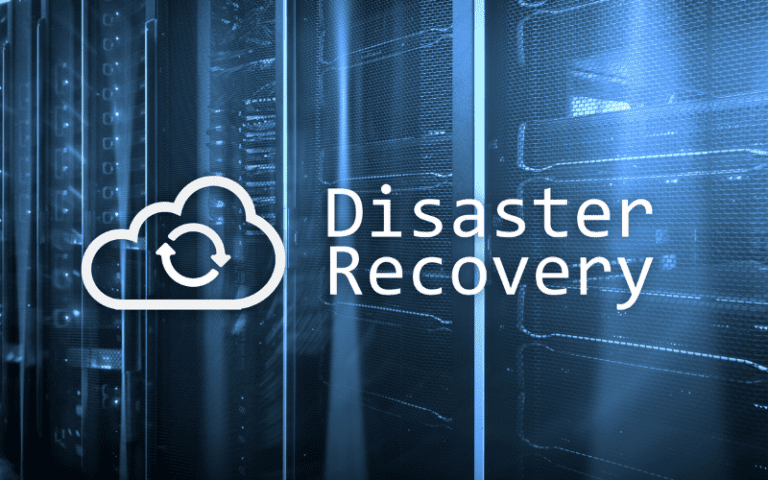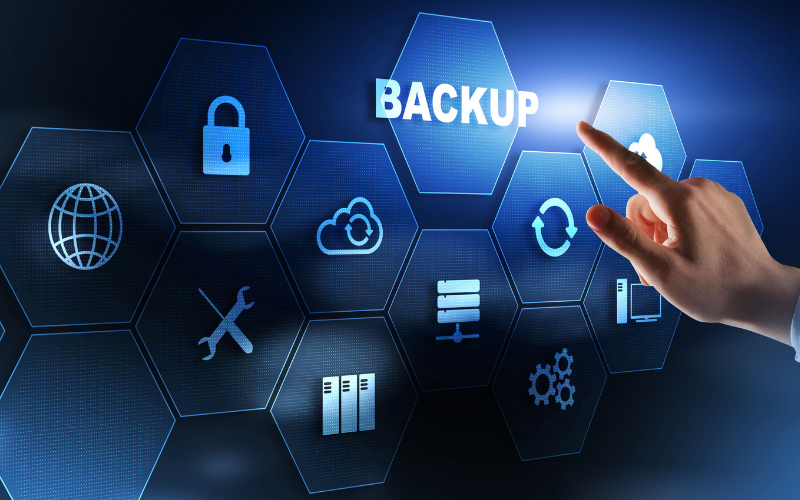When the now IBM i was introduced in the 1980s as a System/3X, the hardware was huge in today’s terms, requiring large, air-conditioned data centres to run in and being managed via a dedicated console. The systems also required dedicated staff (Operators) to run back-ups of the systems to magnetic tape on reels.
Over the years as the S/3X was succeeded by the AS/400 and then later the IBM i. The machine physical sizes shrank, the need for dedicated data centres disappeared and there was no longer a requirement for an Operator to manage the back-ups and the associated media.
Newer IBM i boxes are now either rack mounted or floor standing with some not much larger than a standard desktop. The IBM i can be ordered with or without its own built-in tape drive.
There are many smaller businesses running an IBM i that is located in a room in their offices and backing up to tape on a daily basis.

Backup Planning
As with any successful project, it’s all in the planning.
What you back up, when, and how often needs to be carefully considered when you plan your backup strategy.
How Critical is your System?
If you were to lose your system, would you be able to restore to a new system and get your business up and running again within an acceptable window of time?
- What is an acceptable window of time for your business?
- Is your system taking live orders 24/7?
- Would you be able to run your business using manual processes for any period of time?
What is your Backup Window?
The time available to perform a backup will determine how much data you can save. If you have batch processes running overnight, then you need to find a space in the schedule where you can run your backups. If the system runs 24/7 then you may need to use a replication tool where you copy the data ‘live’ to another system and run your backup from the other system.
What Do you Need to Save?
Depending on the criticality of your system to your business, you will at least need to back up your data files daily. If you are developing on your system, then you will want to back up your development environment on a daily basis. Libraries that change rarely could be part of a weekly backup.

Backup Options
There are a number of options available to businesses for backing up their data from their IBM i. The concept of backing up to tape and taking the tape home with you each evening or putting it in a fire-proof safe overnight should be a thing of the past, as should using an external physical tape storage facility.
VTL (Virtual Tape Library)
Depending on the size of your business a VTL could be a good solution. Comprising of either one or 2 physical servers running VTL software. There are 2 solutions we recommend when using VTL.
- A single VTL instance, located locally with your server.
- A VTL server local to your IBM i and a second VTL server located at a remote site.
The VTL software eliminates the need for physical tapes and runs hand-in-hand with IBM’s BRMS software.
If you are running a second server then the VTL software can be set to duplicate your data back-ups to the off-site location.
Backup to Cloud
Using the IBM BRMS software, you can send your data to a remote server where the data can be held off-site.
This is a cheaper solution than the VTL option as you do not need to purchase the VTL software, and you will not need to purchase any physical hardware. You will only pay for the initial setup of the backups and the ongoing cloud storage costs.

At KFA we have extensive knowledge of both methods mentioned above.
KFA installed a VTL solution for Vodafone UK across 2 physical locations with replication running from one location to the other.
KFA also provide cloud backup services to our IBM i customers wishing to save their business-critical data off-site giving them complete peace of mind that they will be able to recover their systems rapidly in the event of a crisis.
Richard Austin
KFA Connect New Business Director
9th January 2023
Want to know more? Get in touch with our team today.



